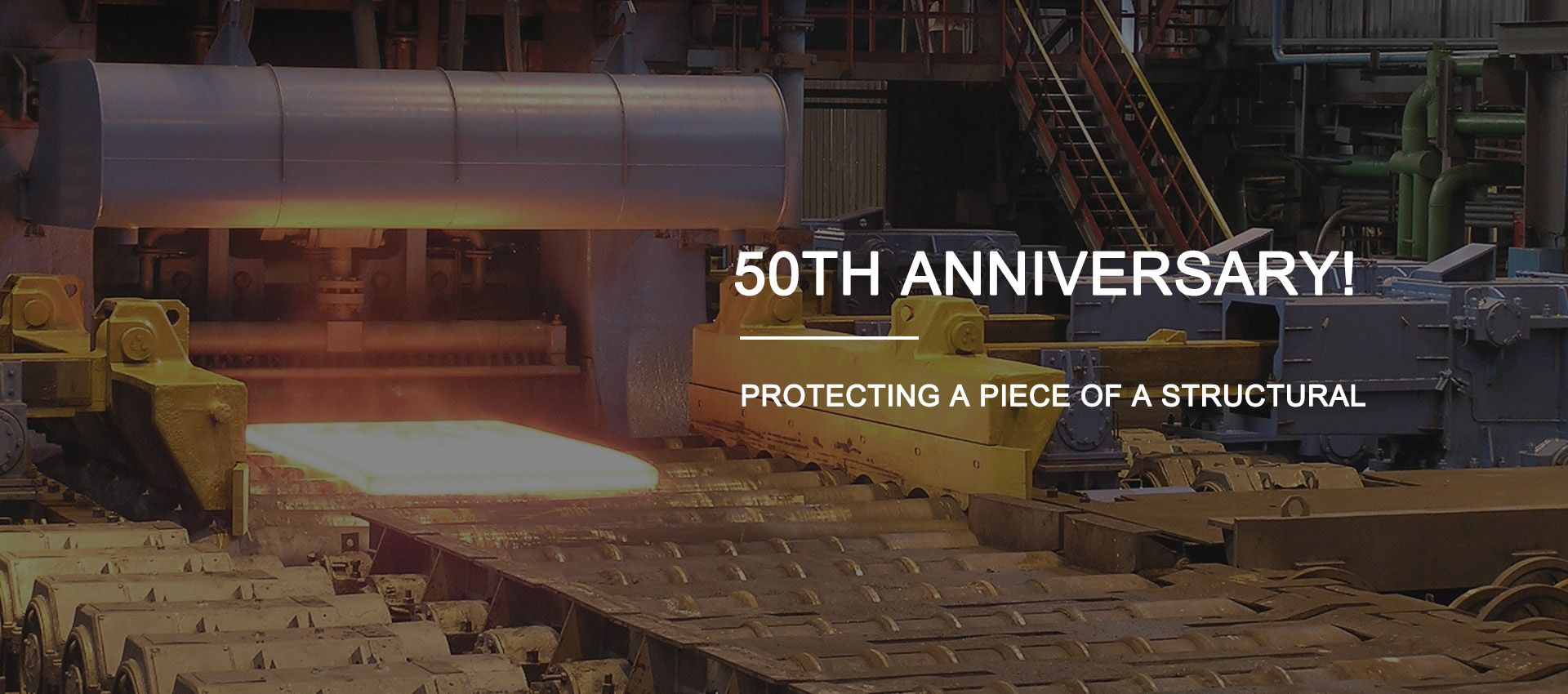

Self Drilling Framing Screws - Durable & Reliable Fasteners
Sep . 05, 2024 03:35 Back to list
Self Drilling Framing Screws - Durable & Reliable Fasteners
Understanding Self-Drilling Framing Screws
Self-drilling framing screws are essential fasteners in the construction and woodworking industries. They are specifically designed to create their own pilot holes, which makes them highly efficient and reduces the time required for installation. This unique feature sets them apart from traditional screws, where pre-drilling is typically necessary to ensure accurate placement and avoid damaging the material being fastened.
One of the primary advantages of self-drilling screws is their ability to penetrate through materials without the need for a separate drill bit. This is largely due to their sharp, pointed tips, which allow them to quickly sink into various substrates, including metal, wood, and polymer composites. This capability makes them particularly useful in framing applications, where speed and precision are critical.
Understanding Self-Drilling Framing Screws
In addition to their drilling ability, self-drilling screws feature specific thread designs that provide superior grip and holding power. The threads are often coarse and spaced optimally to ensure maximum contact with the substrate, reducing the likelihood of stripping and ensuring a secure hold. This is particularly important in framing applications, where structural integrity is paramount.
self drilling framing screws

Installation of self-drilling screws is straightforward. A standard electric drill or impact driver can be used, which makes them accessible to both professionals and DIY enthusiasts. By eliminating the need for pre-drilling, these screws save significant time on the job site, which can lead to labor cost savings. Furthermore, their ease of use allows for quicker assembly, particularly in framing, roofing, and sheet metal projects.
It’s also worth noting that self-drilling screws can be used in a variety of settings, from residential construction to large commercial projects. Their ability to secure different types of materials together makes them a favorite among builders and contractors. When installing metal-to-metal connections, for instance, self-drilling screws eliminate the need for additional fasteners and provide a strong, reliable connection.
However, it’s important to use the right type of self-drilling screw for specific applications. Factors such as the thickness of the materials being joined, the type of load the joint will bear, and environmental conditions should all be considered when selecting the appropriate screw. Using the wrong screw can lead to inadequate support or premature failure of the connection.
In conclusion, self-drilling framing screws are a vital component in modern construction. Their unique design, which allows for quick and efficient installation without pre-drilling, makes them an invaluable tool for professionals and DIYers alike. As the demand for faster construction methods continues to grow, self-drilling screws will undoubtedly play a pivotal role in shaping the future of building practices. Whether you’re framing a house, installing roofing, or working on metal structures, these screws provide the performance and reliability needed for a successful project.
Latest news
-
Hot Dip Galvanized Bolts-About LongZe|High Strength, Corrosion Resistance
NewsJul.30,2025
-
High-Strength Hot Dip Galvanized Bolts - Hebei Longze | Corrosion Resistance, Customization
NewsJul.30,2025
-
Hot Dip Galvanized Bolts-Hebei Longze|Corrosion Resistance&High Strength
NewsJul.30,2025
-
High-Strength Hot-Dip Galvanized Bolts-Hebei Longze|Corrosion Resistance&High Strength
NewsJul.30,2025
-
Hot Dip Galvanized Bolts-Hebei Longze|Corrosion Resistance&High Strength
NewsJul.30,2025
-
Hot Dip Galvanized Bolts - Hebei Longze | Corrosion Resistance, High Strength
NewsJul.30,2025

